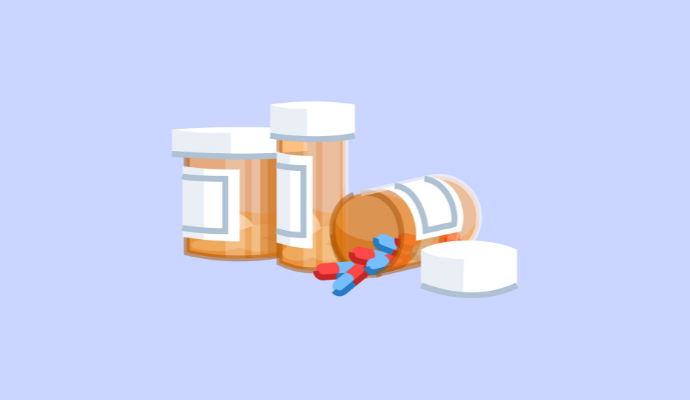FDA Grants Approval to Emergent BioSolutions for Over-the-Counter Narcan
Naloxone 4 mg spray will be available in retail locations across the United States starting this summer.

Source: Getty Images
- On Wednesday, the FDA approved Narcan nasal spray for non-prescription over-the-counter use, making it available to consumers across various markets and retail locations. The approval went to Emergent BioSolutions Inc. and their naloxone HCl 4 mg spray for treating opioid overdoses.
Sold under the brand name Narcan, naloxone spray has been on the market since 2016, but access was often limited because of its prescription designation. Emergent expects Narcan to arrive on shelves in the United States by the late summer to account for supply chain modifications and new packaging.
“Today’s landmark FDA OTC approval for Narcan nasal spray marks a historic milestone as we have delivered on our commitment to make this important emergency treatment widely accessible, given the alarming rates of opioid overdoses occurring across the country,” said Robert G. Kramer, president, and CEO of Emergent BioSolutions.
Narcan was first approved in 2015 as opioid overdose deaths began to increase sharply. After stalling between 2017 and 2019, opioid-related overdose deaths jumped again, rising to over 80,000 in 2021.
“The FDA remains committed to addressing the evolving complexities of the overdose crisis. As part of this work, the agency has used its regulatory authority to facilitate greater access to naloxone by encouraging the development of and approving an over-the-counter naloxone product to address the dire public health need,” said FDA Commissioner Robert M. Califf, MD.
The administration uses a four-pronged approach to reducing overdoses called the Overdose Prevention Framework. The plan begins with the elimination of unnecessary prescriptions for controlled substances. Next, officials plan to share more information about the risks of certain drugs to support harm reduction. Finally, FDA officials are increasing the availability of evidence-based treatments for substance abuse disorder while protecting people from counterfeit and unapproved substances.
Limited data have shown that communities armed with Narcan can reduce the underlying opioid overdose rate in their area. In Massachusetts, a widespread naloxone distribution program reduced opioid deaths by 11% across 19 communities. Statistical models also suggest that a high rate of Narcan distribution could avert 21% of opioid deaths.
In Ohio, researchers from the University of Cincinnati, in collaboration with Caracole, discovered that placing naloxone vending machines outside syringe service programs (SSP) saved thousands of lives. Within its first year of use, the machine dispensed 3360 naloxone doses — more than any other SSP in the US.
Across the US, numerous communities are dealing with the scourge of opioid addiction and overdose in different ways. The University of Pittsburgh’s community-based approach has been more successful than most at reducing the rate of overdose deaths. The Pennsylvania Opioid Overdose Reduction Technical Assistance Center uses community leaders to plan and organize efforts fighting opioid addiction and overdose in their jurisdictions. According to PatientEngagementHIT, this framework reduced opioid overdose deaths across nearly 66% of the counties involved.
